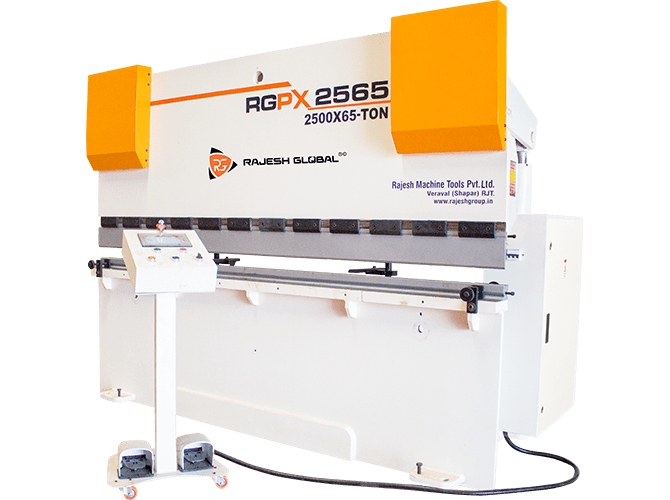Blog

Overview of CNC Press Brake Machine
The press brake has advanced into a sophisticated CNC hydraulic press brake that can complete a variety of difficult and large-scale workpiece-forming operations. The CNC Press Brake Machine uses precious and reliable bends in metal sheets. The CNC Press Brake Machine typically uses metal blanks instead of rods for fabrication purposes.
Essential Components:
The press brake has different components, each with specific features for desired outcomes. These include the ram, the bottom tool, and the mechanism powering the ram. While the basic function is similar, the ram’s application of force and shaping method can differ.
Press brakes might have one, both, or neither of their upper and lower rams. The press brake machine’s driving or resisting components are both rams. Internal hydraulic cylinders can help the rams prevent crowning as they often fashion them from massive, sturdy steel plates.
The vertical ram of mechanical press brakes moves using a crank mechanism. The crank is driven by the flywheel. Pneumatic press brakes move the ram through air pressure. Hydraulic press brakes utilize two synchronized hydraulic cylinders to move the ram. The ram is the driving mechanism that applies or opposes the force of the press brake.
The Following Benefits of a CNC Press Brake:
- For the purposes of meeting the unique requirements of the manufacturer, the detached upper die that is in various lengths can be joined into a specific width.
- It has high repeat positioning accuracy, high bending accuracy, and high precision synchronization features.
- The CNC press brake’s back gauge can be extended to six axes.
- Depending on the needs of the customer, equipped with a hydraulic automatic clamp or quick clamp for the upper die and socket lower die to decrease labour intensity and increase production efficiency.
Read About: Hydraulic Shearing Machine
Please visit our official Instagram Page for updates from us.
For More details about our Products, you can Contact Us.




